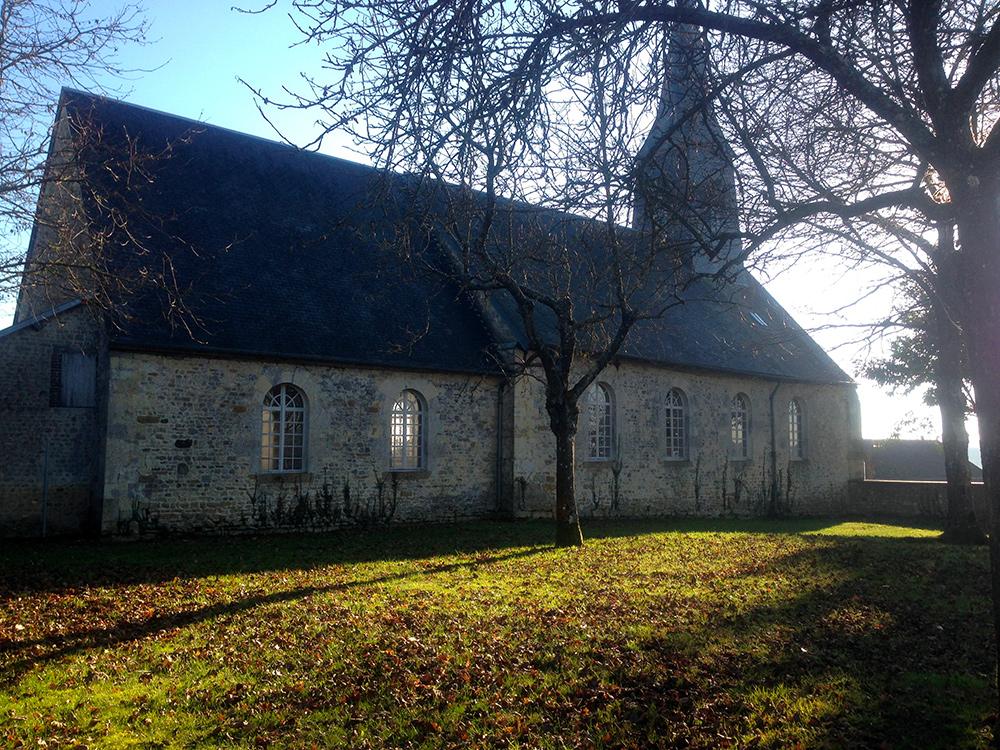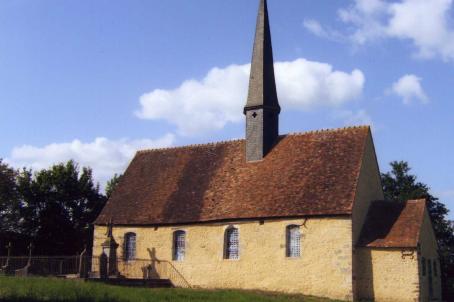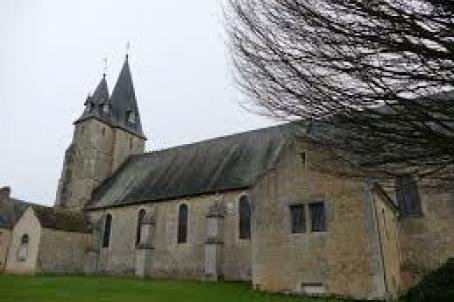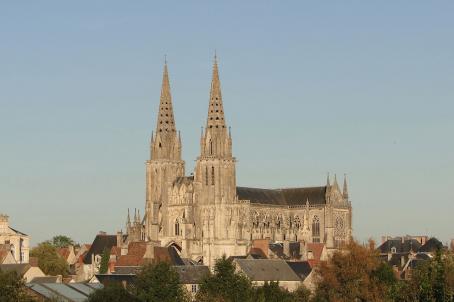Church of Notre-Dame de l'Assomption
The Church of Our Lady of the Assumption is located in Tellières-le-Plessis, in Normandy. The Romanesque portal dates from the late twelfth century while the rest of the current building probably dates back to the sixteenth or seventeenth century. A robust steeple surmounts the first bay of nave; two lateral altars frame the entrance of the choir. The interior is decorated with three beautiful 19th century wooden altarpieces and a lectern and stalls from the same period.
About this building
The Church of Our Lady of the Assumption is located in Tellières-le-Plessis, in Normandy. Built at the top of a hill, it can be seen from a distance. The Romanesque portal dates from the late twelfth century while the rest of the current building probably dates back to the XVI-XVII century. On the pediment, there is a stone statue of Saint Roch, a hermit who was afflicted by leprosy and is now invoked for contagious diseases.
The rectangular church has a nave whose plastered lattice frame is covered with slates. The choir that extends the nave has a flat chevet. You can see a beautiful high altar, a lectern and stalls of the same era as the 19th century wooden altarpieces that adorn the high altar and the two side altars at the entrance to the choir.






